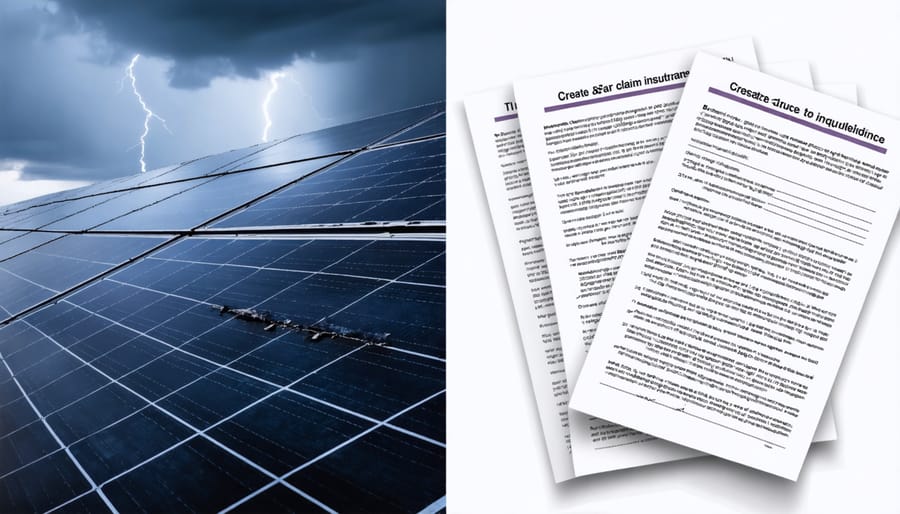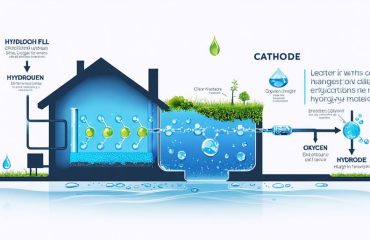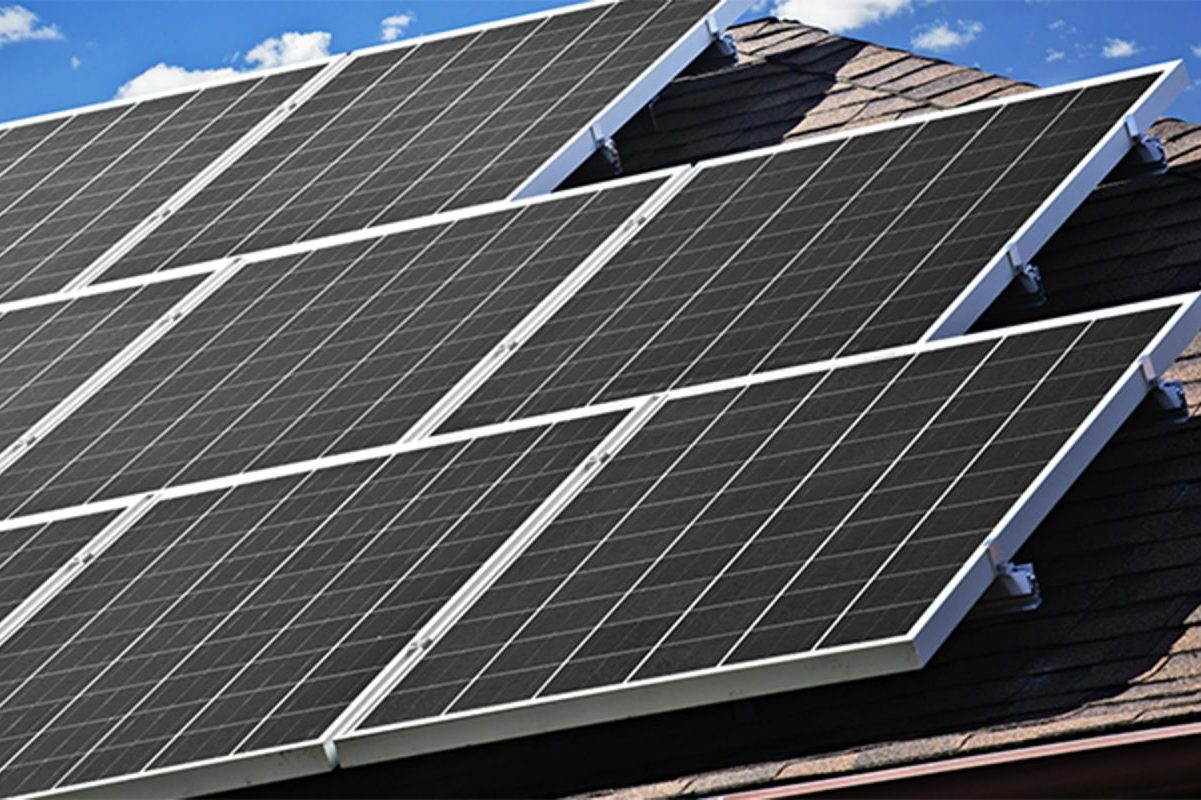Insurance coverage for battery replacement often hinges on the specific cause of failure and your policy terms. While standard homeowners insurance typically covers batteries damaged by fire, storms, or theft, normal wear and tear falls outside most coverage parameters. For solar storage systems and electric vehicle batteries, specialized endorsements may be necessary to ensure comprehensive protection against unexpected replacement costs.
Understanding your coverage options becomes crucial when investing in battery systems, whether for home energy storage or electric vehicles. Most manufacturers offer limited warranties covering defects and premature failure, but these warranties rarely address damage from external factors. Insurance providers have evolved their coverage options to meet the growing demand for battery-powered systems, with some now offering specific riders for renewable energy equipment.
Before installing any battery system, review your existing policy, consider additional coverage options, and document your battery’s condition and maintenance history. This proactive approach helps ensure you’re protected against unexpected replacement costs while maximizing your investment in sustainable energy solutions.

Standard Insurance Coverage for Solar Batteries
What’s Usually Covered
Standard insurance policies typically include coverage for battery replacement under specific circumstances. Most comprehensive home insurance plans that include solar battery backup insurance coverage will protect against damage caused by:
• Natural disasters like lightning strikes, storms, or fires
• Accidents and unexpected mechanical failures
• Theft or vandalism
• Power surges that damage the battery system
• Water damage (excluding flood damage)
However, it’s important to note that regular wear and tear or age-related degradation usually isn’t covered. Most policies also exclude damage resulting from improper installation or maintenance. Coverage typically extends to both the physical battery unit and associated components like inverters and wiring.
The amount covered often depends on your policy limits and whether you’ve specifically listed your solar battery system as part of your home insurance coverage. Some insurers may require additional riders or endorsements to fully protect more expensive battery systems.
Common Coverage Exclusions
Most insurance policies have specific exclusions when it comes to battery coverage. General wear and tear, gradual deterioration, and age-related capacity loss typically aren’t covered under standard policies. Many insurers also exclude damage caused by improper maintenance, DIY installations, or modifications not performed by certified professionals.
Batteries damaged by power surges might not be covered unless you have specific surge protection coverage. Environmental factors like extreme temperatures or humidity damage usually fall outside standard coverage, as these are considered preventable through proper installation and maintenance.
Manufacturing defects are generally excluded as these should be covered by the manufacturer’s warranty. Similarly, damage from improper charging practices or using incompatible charging equipment isn’t typically covered. Some policies also exclude coverage for portable or removable batteries, focusing only on permanently installed systems.
It’s worth noting that cosmetic damage that doesn’t affect battery function, like minor scratches or discoloration, usually isn’t covered. Additionally, losses due to cyber attacks or software malfunctions affecting battery management systems might require specialized cyber insurance coverage.
Battery Replacement Coverage Scenarios
Accident and Natural Disaster Coverage
Most home insurance policies provide coverage for battery systems damaged by unexpected events like natural disasters, accidents, or sudden mechanical failures. If your battery system is damaged due to a covered peril such as lightning strikes, fires, storms, falling trees, or vandalism, your insurance will typically cover the replacement costs after you’ve met your deductible.
However, it’s important to note that coverage may vary depending on your specific policy and insurance provider. Some insurers might require additional endorsements or riders to fully cover high-value battery systems. For comprehensive protection, consider these key points:
– Document your battery system’s installation, maintenance, and any professional certifications
– Keep detailed records of the system’s value and replacement costs
– Review your policy’s coverage limits to ensure they adequately protect your investment
– Check if your policy covers both the physical battery unit and associated equipment
Remember that insurance typically won’t cover damage resulting from poor maintenance, wear and tear, or manufacturer defects. These issues usually fall under warranty protection rather than insurance coverage. For maximum protection, maintain your battery system according to manufacturer specifications and consider combining warranty coverage with your insurance policy.
It’s recommended to discuss your specific battery system with your insurance provider to understand exactly what events and circumstances are covered under your policy.

Normal Wear and Tear Considerations
When it comes to battery systems, normal wear and tear is a natural part of their lifecycle that typically isn’t covered by standard insurance policies. Like most household equipment, batteries gradually lose their efficiency and capacity over time through regular use. Insurance providers generally consider this degradation as expected maintenance rather than an insurable event.
Understanding proper battery storage requirements and maintenance schedules is crucial for maximizing your battery’s lifespan. Most manufacturers estimate that home battery systems will maintain about 70-80% of their original capacity after 10 years of normal use. This gradual decline is considered routine and falls under regular maintenance costs rather than insurance coverage.
To protect your investment, it’s important to distinguish between normal wear and sudden, unexpected damage. While regular degradation isn’t covered, many warranties from manufacturers will protect against premature failure or capacity loss that exceeds normal expectations. Some premium insurance policies might offer additional coverage options for battery replacement, but these typically come with specific conditions and higher premiums.
Consider maintaining detailed records of your battery’s performance and any maintenance performed. This documentation can be valuable when dealing with both warranty claims and insurance matters, helping to distinguish between normal wear and legitimate insurance claims.
Manufacturer Warranties vs. Insurance Coverage
When it comes to protecting your battery investment, it’s essential to understand the difference between manufacturer warranties and insurance coverage. While they might seem similar, they serve distinct purposes and offer different types of protection.
Manufacturer warranties typically cover defects in materials and workmanship for a specified period, usually ranging from 5 to 10 years for home battery systems. These warranties focus on issues directly related to the battery’s manufacturing quality and performance. They often include guarantees about battery capacity retention and might cover replacement if the battery fails to meet specified performance standards.
Insurance coverage, on the other hand, protects against unexpected events and accidents that warranties don’t address. This includes damage from natural disasters, fires, theft, or other unforeseen circumstances. Your homeowner’s insurance policy may cover battery replacement if the damage results from a covered peril, but this coverage isn’t automatic – you’ll need to verify with your insurance provider.
Here’s what you should know about both types of protection:
Manufacturer Warranties:
– Cover manufacturing defects
– Guarantee minimum performance levels
– Have specific time limits
– Don’t cover accidental damage
– Usually include professional installation requirements
Insurance Coverage:
– Protects against external damage
– Covers theft and natural disasters
– May require additional riders or endorsements
– Often includes deductibles
– Coverage limits may apply
To maximize your battery protection, consider having both warranty and insurance coverage. Review your homeowner’s policy carefully and discuss any gaps in coverage with your insurance agent. Some insurers offer specific endorsements for renewable energy systems, which can provide more comprehensive protection for your battery investment.
Remember to maintain detailed records of your battery installation, maintenance, and any incidents that occur. This documentation will be crucial when filing either a warranty claim or an insurance claim.

Steps to Ensure Proper Coverage
To ensure your battery system has proper insurance coverage, start by thoroughly reviewing your existing homeowner’s policy. Contact your insurance provider directly to discuss specific coverage for renewable energy systems and battery storage. Many standard policies may need additional riders or endorsements to fully protect your solar storage investment.
Document your battery system’s specifications, including make, model, installation date, and cost. Keep all maintenance records and warranties in a safe place, as insurance companies often require this documentation for claims. Consider taking photos of your system and updating them annually.
Request written confirmation of coverage from your insurer, specifically addressing:
– Battery replacement costs
– Coverage limits and deductibles
– Circumstances under which replacement is covered
– Any exclusions or limitations
Update your policy whenever you make modifications to your system or if its value changes significantly. Some insurers offer specialized renewable energy coverage packages that may provide better protection than standard policy add-ons.
Consider scheduling an annual insurance review to ensure your coverage keeps pace with your system’s needs. This is particularly important as battery technology evolves and replacement costs change over time.
If your current insurer doesn’t offer adequate coverage, shop around for companies specializing in renewable energy systems. Some insurers now offer specific policies designed for homeowners with solar and battery installations, potentially providing more comprehensive coverage at better rates.
Understanding your insurance coverage for battery replacement doesn’t have to be complicated. As we’ve explored, most homeowner’s insurance policies will cover battery damage from specific events like storms, fires, or accidents. However, normal wear and tear typically isn’t covered. To protect your investment, consider these key steps: review your current policy details, discuss additional coverage options with your insurance provider, and maintain proper documentation of your battery system’s maintenance and value. Remember that a well-maintained battery system not only ensures optimal performance but may also strengthen your insurance claim if needed. By staying informed and proactive about your coverage options, you can enjoy the benefits of your home battery system with greater peace of mind.









